Archaeologists have discovered a long-lost altar at the location where Jesus is said to have been buried and resurrected. This new find is interesting to historians and Christians around the world.
A group of construction workers discovered the find when they turned around a giant stone slab that was covered in graffiti. The slab had been leaning against a wall in the Church of the Holy Sepulchre in Jerusalem.
A Stone Altar
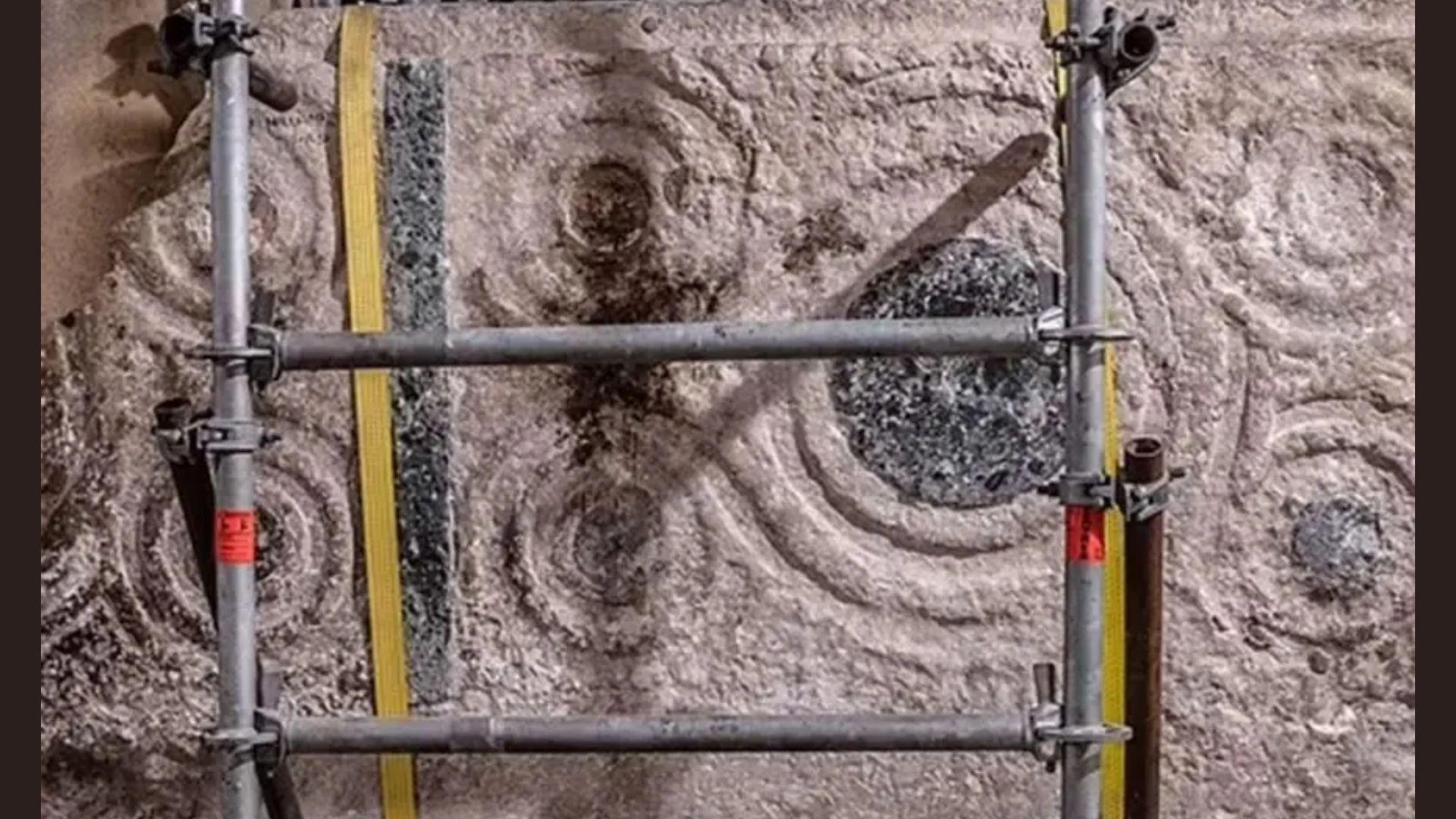
The stone is eight feet long and five feet wide. It was adorned with ribbon ornaments—a Roman tradition during Medieval times—and features distinct markings. These details have led researchers to believe it was an altar consecrated in 1149.
It was thought that this particular altar had been destroyed in a fire in 1808. The team from the Austrian Academy of Sciences (OeAW) who studied the find said, “For historians, this find is a sensation in several respects.”
An Astonishing Church
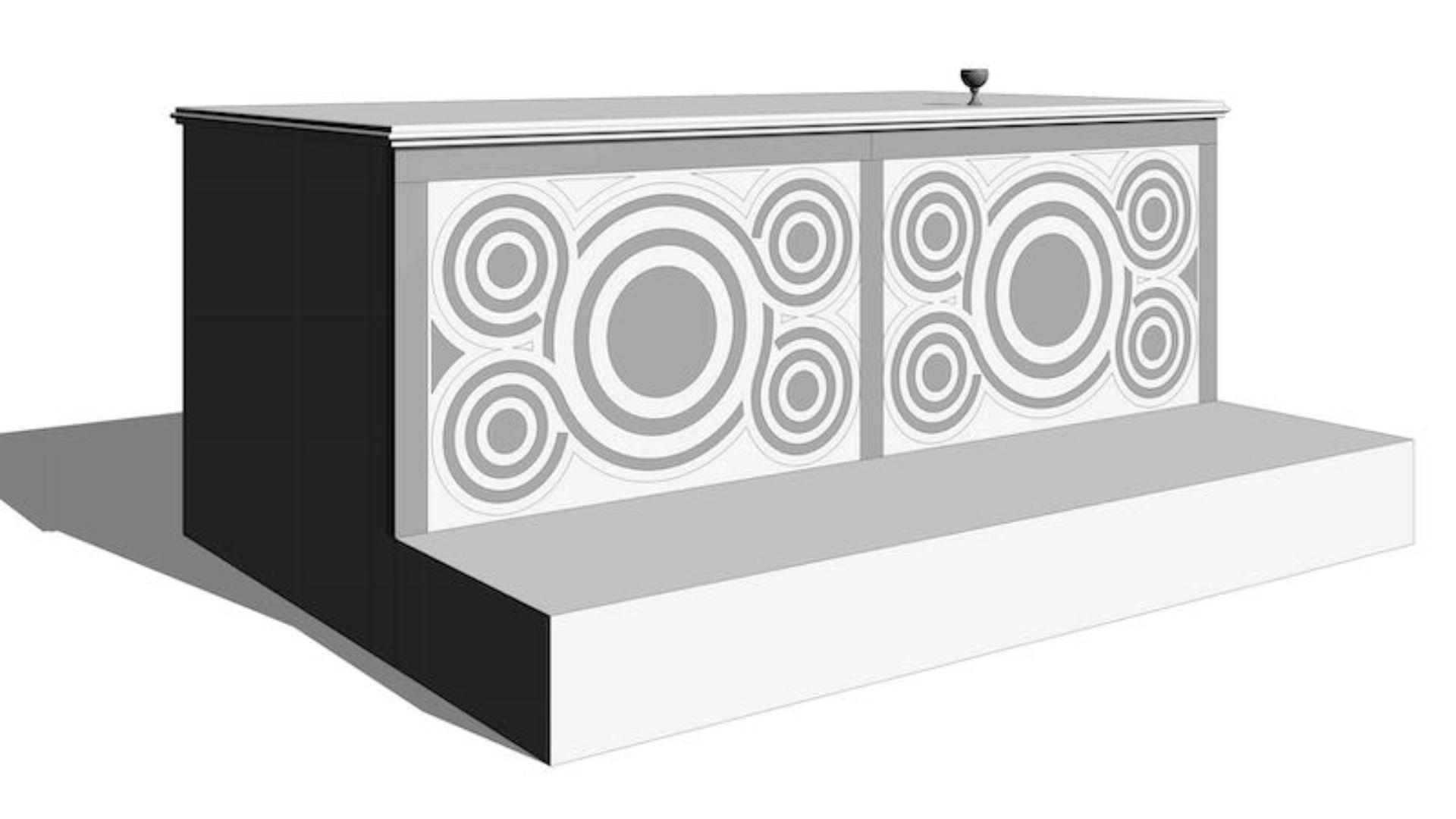
The Church of the Holy Sepulchre, believed to be the site of Jesus’ crucifixion and tomb, attracts approximately four million visitors annually.
The OeAW team was astonished by the new find at the church. In their research, they wrote that “firstly, the fact that the slab could have remained hidden for so long in such an intensively researched building as the Church of the Holy Sepulchre—especially as it was in view of thousands of pilgrims and tourists every day,” it was truly a remarkable discovery.
The Church of the Holy Sepulchre
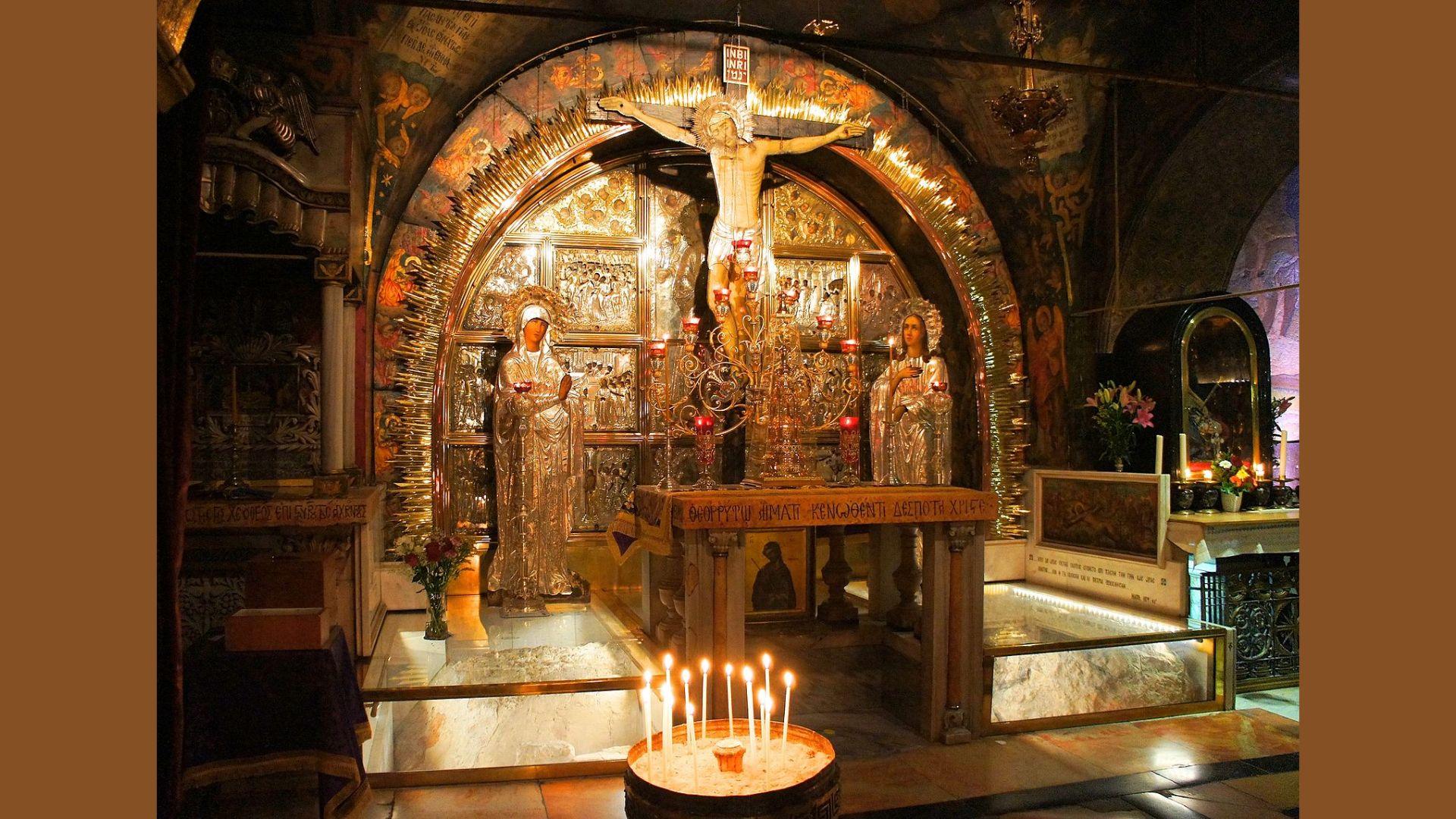
The construction of the ancient Church of the Holy Sepulchre was commissioned by Roman emperor Constantine I. In 335 AD, it was built on top of an old Roman temple dedicated to the goddess Venus. Its footprint exceeds nearly 5,400 feet in diameter. During construction, a tomb was uncovered that is thought to belong to Jesus, who died nearly 300 years prior.
The Church of the Holy Sepulchre faced multiple attacks over the centuries. It was destroyed by the Persian army in 614, nearly demolished in 1009, and suffered a devastating fire in the 1800s. In 1808, it was believed that the altar was lost.
Hidden Mystery

For centuries, the front-facing portion of the stone slab had been covered in graffiti from tourists. This likely contributed to it going unnoticed for a long time. The slab’s visibility was obscured by this layer of vandalism, making its historical significance elusive until recently.
However, the researchers were drawn to the unusual decorations on the wall-facing side of the slab, which led them to identify its so-called ‘Cosmatesque’ style. The team explained, “This special production technique for marble decoration was practiced exclusively by guild masters in papal Rome, who passed the skill down from generation to generation.”
Cosmatesque Art
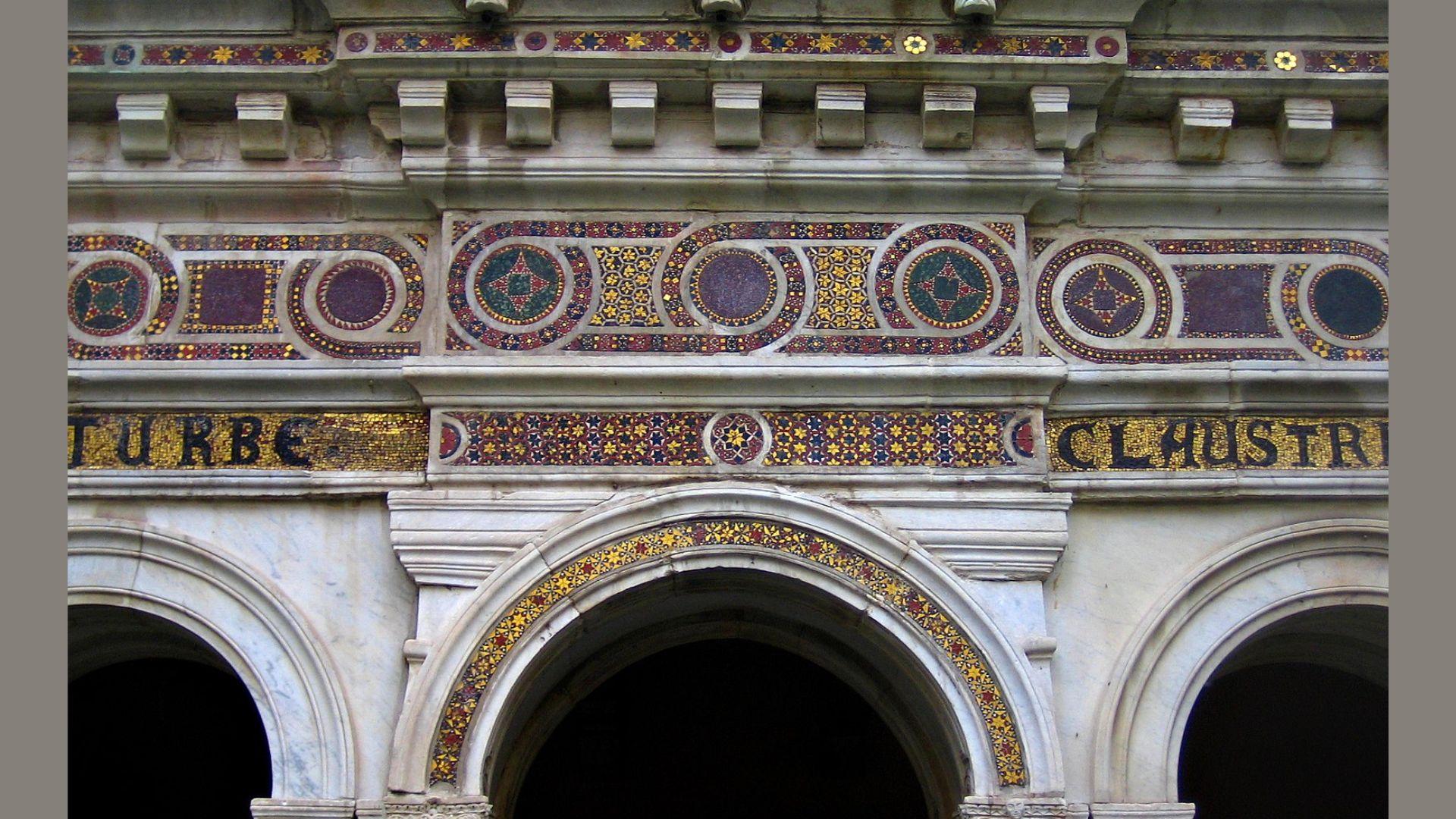
Cosmatesque artworks are extremely notable. The team explained, “A characteristic feature of this technique was its masters’ ability to decorate large surfaces with small quantities of precious marble. In medieval Rome, marble was mainly scraped from ancient buildings, forcing the Cosmatesque masters to optimize whatever marble they could find. Their solution was to put small marble pieces together with the utmost precision, attaching it in such a way as to create complex geometric patterns and dazzling ornaments.”
Additionally, Cosmatesque artworks are highly cherished by the Pope, making them exceptionally rare outside of Rome. In fact, only one such piece has been discovered beyond Italy, located in Westminster Abbey in England. The Church of the Holy Sepulchre altar may be the only other Cosmatesque piece outside of Italy.
Rediscovering an Ancient Story
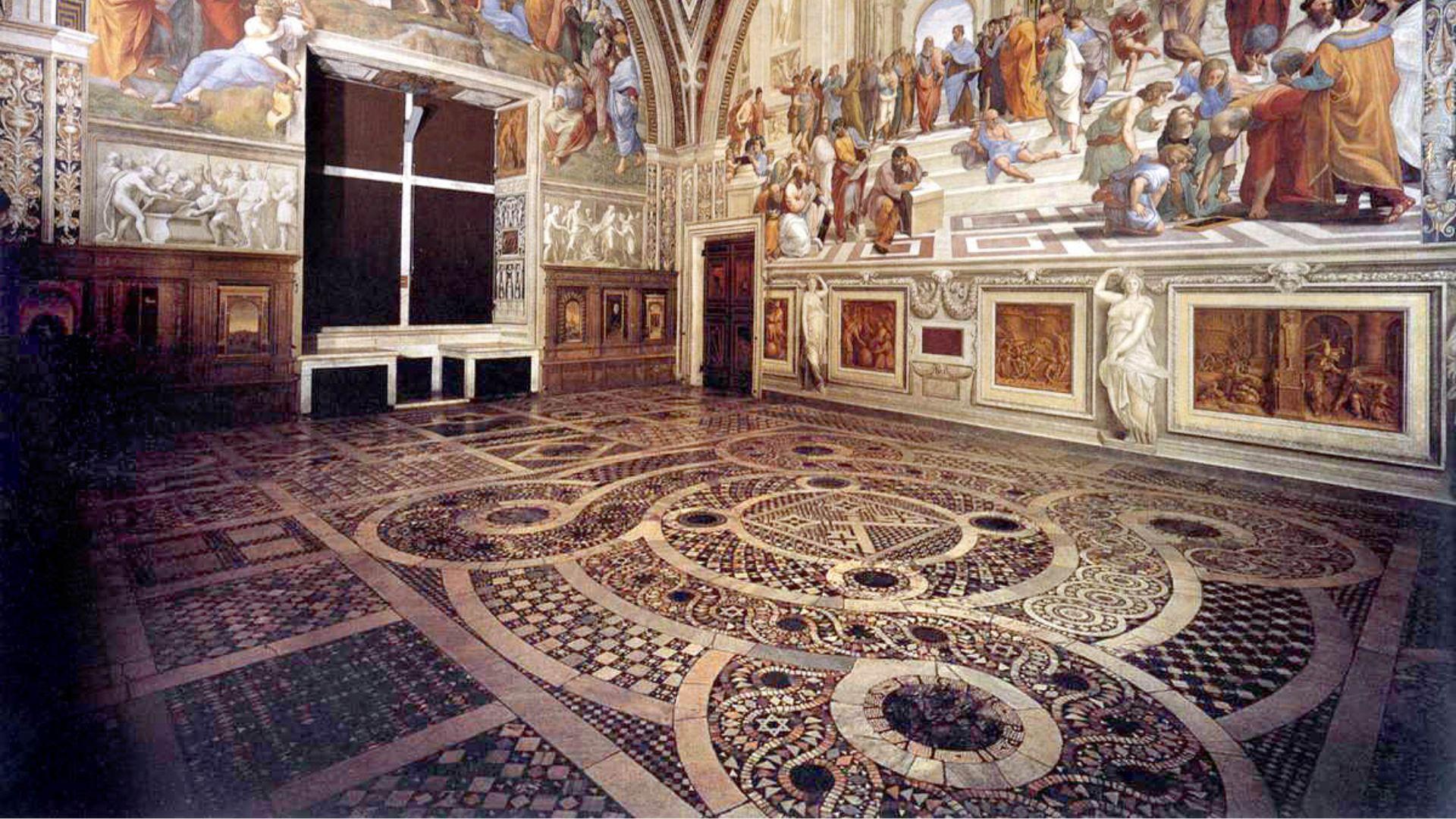
“The Cosmatesque altar now rediscovered in Jerusalem must also have been created with the Pope’s blessing,” said the researchers. “By sending one of the Cosmatesque masters to the Kingdom of Jerusalem to make the new high altar in Christianity’s holiest church, the Pontiff supported Christianity’s claim to the city.”
Renovations at the Church of the Holy Sepulchre have continually produced historical treasures. In 2016, a conservation team from the National Technical University of Athens discovered a limestone burial slab inside Jesus’ tomb, which had been obscured by layers of marble dating back to at least 1555.
Another Interesting Discovery
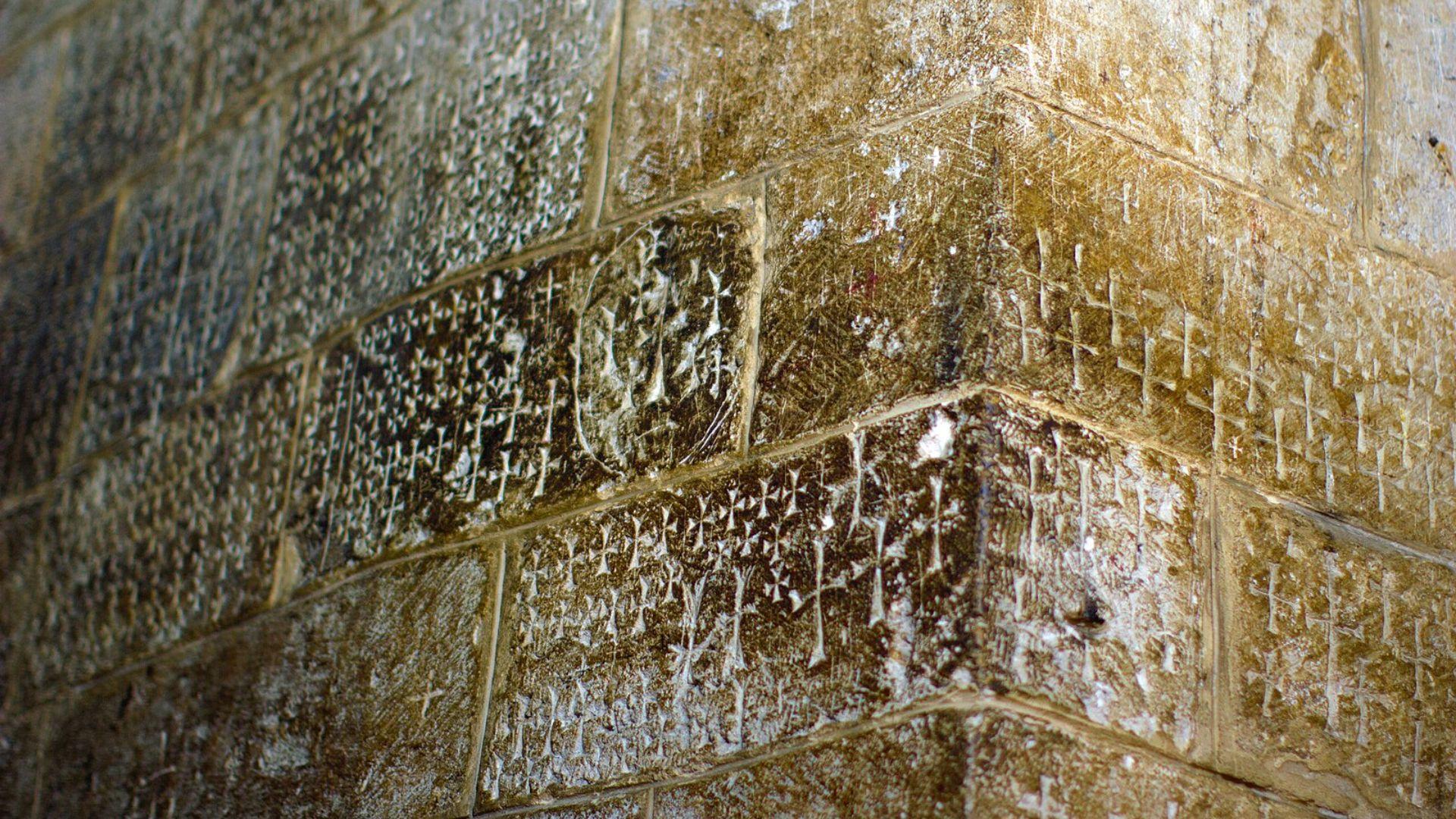
In 2018, dozens of carved crosses scattered across the church’s walls were discovered and initially believed to be graffiti left by Crusaders.
However, further analysis conducted by archaeologists in 2021 revealed that these carvings were actually made by 15th-century masons. These masons were commissioned by pilgrims seeking additional assurance of their salvation.
A Story from the Bible

Christian tradition says that Christ’s body was laid on a slab cut from a limestone cave after his crucifixion by the Romans. According to the scripture, he was resurrected three days after his death and the women who came to anoint his body said that no remains were found.
Any hard evidence for this is not definitive, but according to Dan Bahat, a former district archaeologist in Jerusalem and Galilee, the Church of the Holy Sepulchre has important proof.
An Amazing Altar
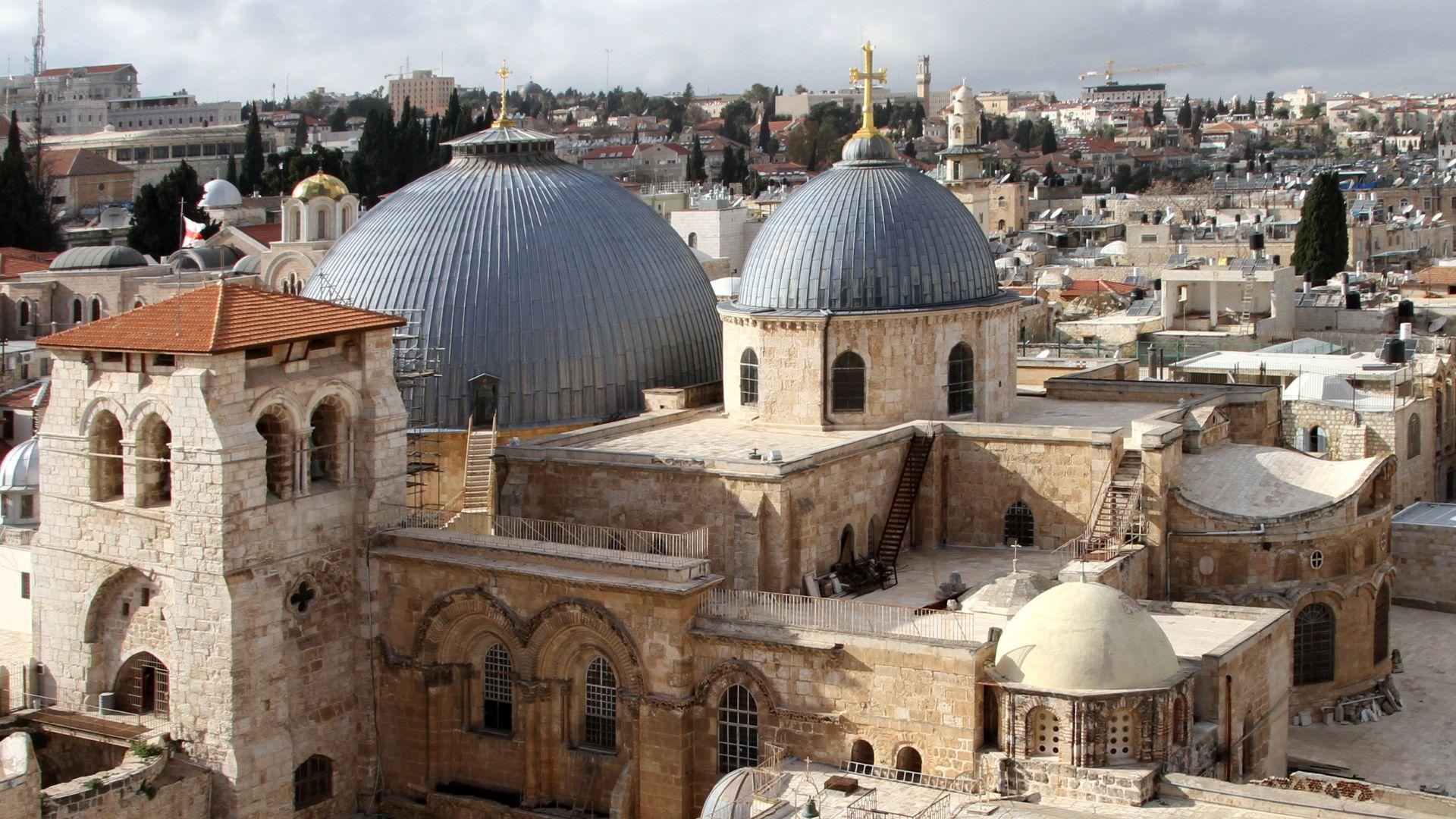
“We may not be absolutely certain that the site of the Holy Sepulchre Church is the site of Jesus’ burial, but we certainly have no other site that can lay a claim nearly as weighty,” Bahat explained.
“We really have no reason to reject the authenticity of the site,” he said. This long-lost altar is an interesting find; it highlights the evolving understanding of historical artifacts and the importance of rigorous analysis in uncovering their true origins. It underscores the lengths to which individuals in both the past and present seek spiritual security and reassurance.

